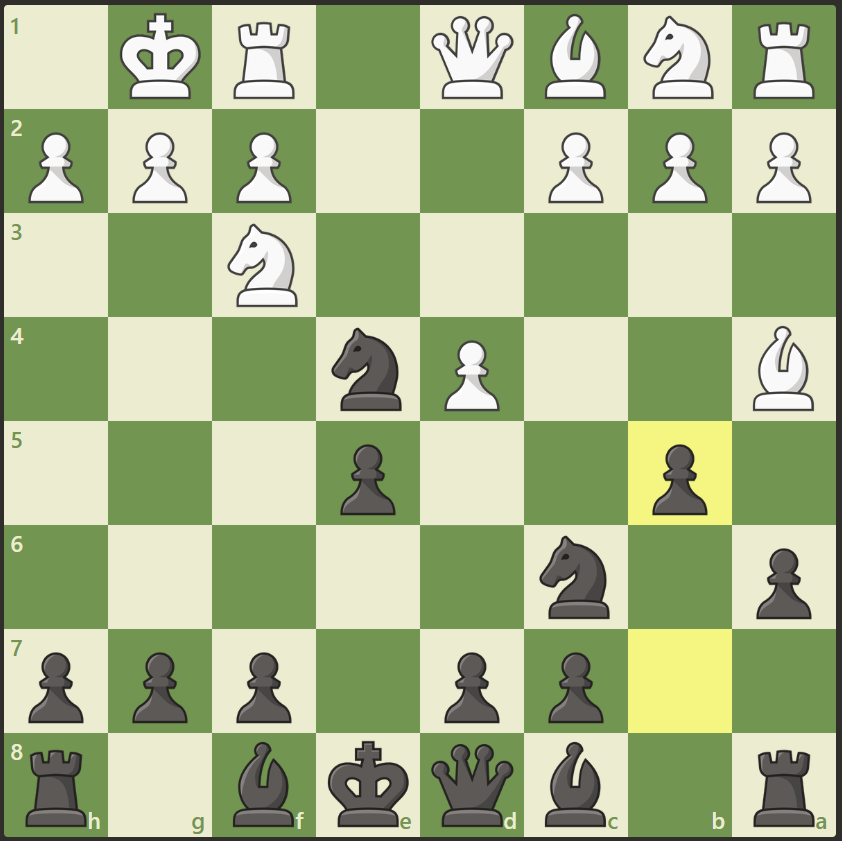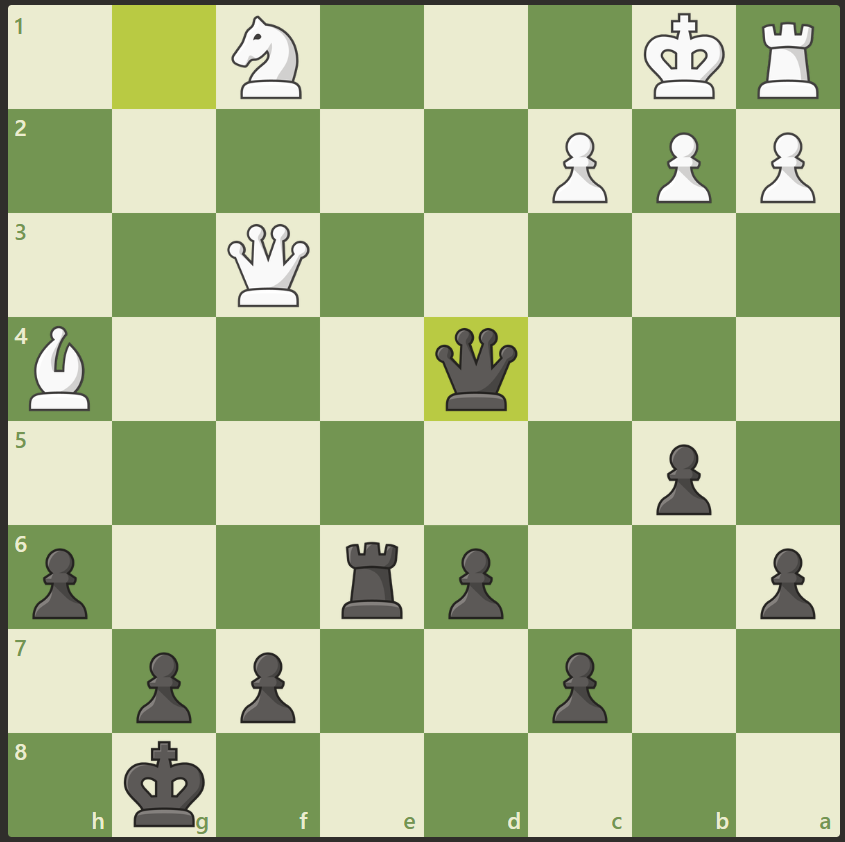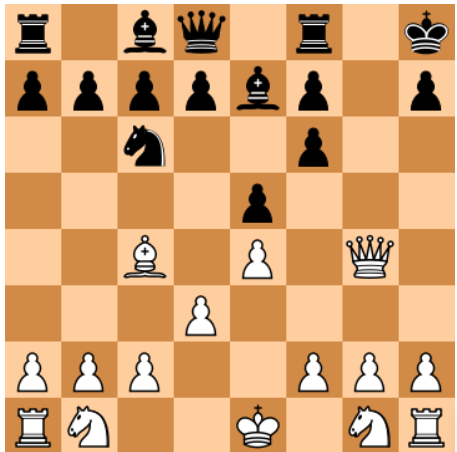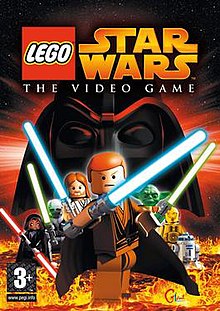First time keeping a close eye on how much chocolate I eat, and cutting beetroot out of my diet completely. In 2023, I was diagnosed with kidney stones - not serious, but potentially painful. They had been the cause of some discomfort for me in the second half of 2023, and I had various medical checks; the recommended treatment for them is to manage them through my diet. Anything high in oxalates is out; anything with medium levels has to be taken in moderation. So, I've not had any beetroot for the whole year, for the first time ever (this was a sad loss for me, I love pickled beetroot) and I've watched my chocolate intake. I don't think I had any chocolate in January or February, then I lightened up a little. It's not all bad news, so don't sell your shares in Cadbury's just yet!
First time seeing the Northern Lights. Twice. The first time I didn't actually think I'd seen them - they looked more like light pollution on the north horizon. The second time, there was no mistaking them, even if they were still quite faint.
First time leaving the kids overnight with a babysitter, while spending a night with Naomi at a friend's wedding. That was during the summer, and was a Friday night/Saturday morning. We didn't go far, which made it an ideal first time for us to leave them altogether for most of Friday and most of Saturday morning. They went to the cinema together on the Friday; we went to a wedding, meal and disco. I think we had the best of it.
First time going to an airshow and giving somebody else my camera to take photos. It worked out well - I got some mediocre video (a combination of the viewfinder on my camera, and the dreadful weather) while Liz took some amazing photos with the stormy skies.
First time using generative AI to produce a picture... and then produced dozens more. I've also used generative AI (Chat GPT) to write BASIC programs for me. I have marvelled at the ability of AI to turn text into images, and then got on and started using it without thinking too much about it!
First time laying loft boarding (successfully too). Our loft is in two sections - the main part and a smaller section. For some unknown reason, the smaller section (which has its own separate access) was never boarded over, but was very well stocked with fibreglass insulation. In November, I boarded over most of the smaller section - enough to house our Christmas decorations when Christmas is finished. That frees up more space in our main loft... for my train set! :-D
First time going on board a warship - the HMS Belfast in London. We went on a family trip during October half term and spent three days in London; I took the boys round the interesting sights, while Lizzie and Naomi did the art galleries and Shakespeare's Globe. We saw some locations we hadn't seen before, including HMS Belfast, which is highly recommended and free if you have Blue Peter badges (the boys do). I went on a tour of a submarine when I was about six, but considering a submarine is all 'inside' with no windows, I can safely say the warship was far more interesting, with a strange alternating feeling of vertigo (on deck) and claustrophobia (inside).
First time buying a car online, after the previous one started producing more smoke than one of the Red Arrows during their display. We drove about four miles back home one Saturday afternoon, billowing huge clouds of bluish-white smoke, and deterring all other motorists within 300 yards. Within 10 days we'd needed to order a replacement - online. Same model, newer interior. It's better than the old one too, with more gadgets inside.
First time playing a massive multiplayer online game - Fortnite - and subsequently the first time I bought my own gaming controller. I've been a keyboard warrior since the mid 80s (almost before the internet was created) and then migrated to a mouse when I started playing real-time strategy games in the early 90s. I had been borrowing my son's controller throughout January and most of February, and bought myself my own controller with my birthday money in mid February. It's taken some minor damage to the cables (in early December) and still works perfectly, even if I'm not as good as my sons at playing!
First time learning, and coding in Python. My programs are not complicated, and they all work on a local PC without any network access, but it's been very interesting and challenging. I have considerable experience writing in BASIC and Visual Basic, and this was just the next step - learning a new syntax. I wrote a program which will calculate how long people will have to wait in a queue at a supermarket, and then calculated the time savings from opening two (or more) checkouts at a supermarket compared to just one. The results were very surprising, and I actually enjoyed analysing the output of the program. More to follow next year.
In 2022, I became a Trustee for my church - overseeing the running of the administration of the church (legal compliance, health and safety and so on). In 2024, I was asked and then was nominated to become the Treasurer of my local Scout group. No, I don't know exactly what I'm doing, but I can operate a spreadsheet with ease, and I'm getting there.
First time going to a gym. If you've met me, you can tell from my physique that I'm not a regular gym-goer. Or ever been to a gym, even. I was described during my teenage years as a bean-pole, and I've not put on much weight or muscle since then (except when I was at university, cycling six miles a day and becoming very trim indeed). However, December at my local gym was 'bring a friend to the gym' month, so Lizzie brought me. I've been three times this month, and I've still got the moves to cover 13 miles in an hour on an exercise bike. It's not quite as scenic as being on a real bike (took Lizzie on a bike ride for the first time ever this year too) but there's less traffic and the weather is more amenable.
First time running on a treadmill - Isaac decided last December that he wanted one (he's a miniature runner), and so last New Year's Eve we bought him a cheap second-hand one. I used it more than he did, but even so, it wasn't worth the space it took up. It was fun while it lasted!

















































